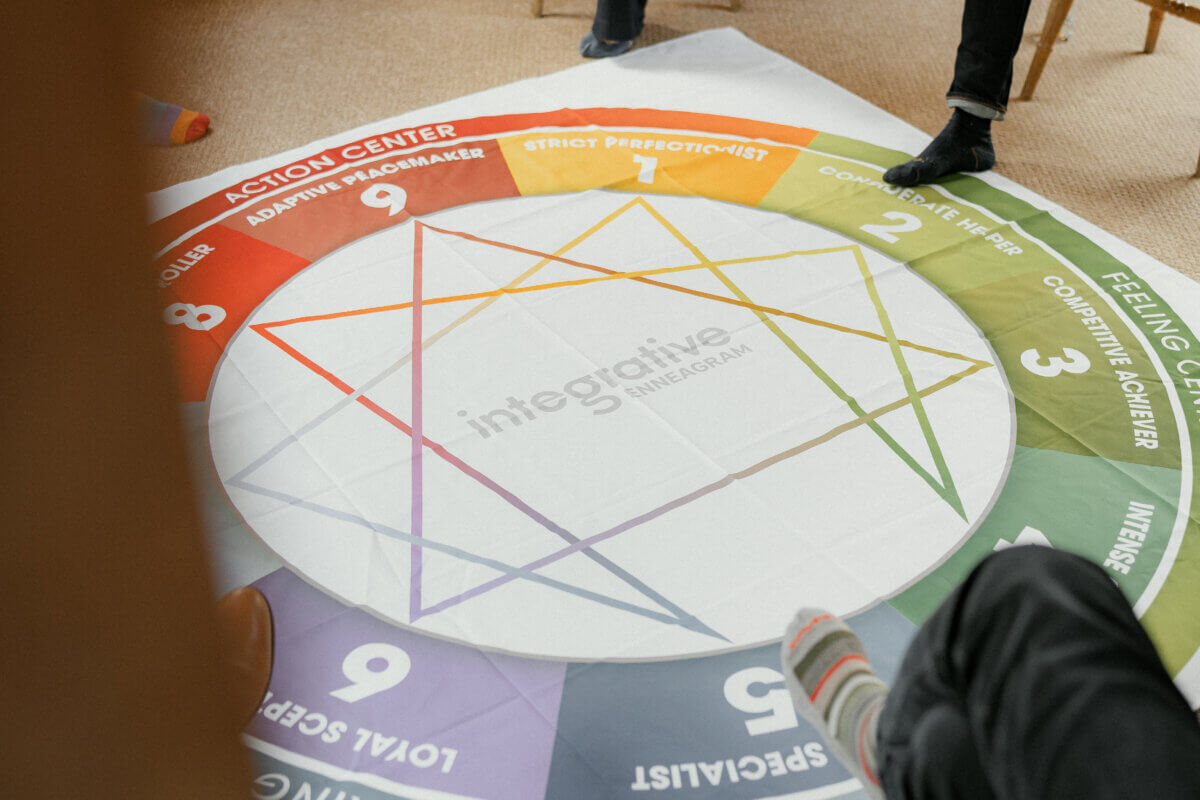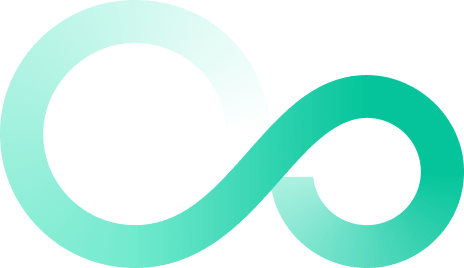
Why most teams struggle with conflict – and how to change it
During a recent team development session, a group of senior executives from a large Acute Hospital had a conversation about a major issue they were facing around patient flow. There were nine members of the team. Five of them sat together and spoke; the other four observed.
It was a robust discussion. Strong opinions were shared and the group challenged one another repeatedly. At the end of the conversation, I asked the five who’d spoken how it had been for them. They all looked remarkably comfortable.
“That was a good chat,” said one. “Felt like we hashed things out,” said another.
I asked the observer group what they had made of the discussion. The room shifted.
One woman cried, looking aghast as she described it as “the most brutal discussion I have ever witnessed”.
What was it about this conversation that could be experienced so differently by people in the same team?
What I’ve learned in nearly 20 years of working with senior leaders and executive teams across industries: almost no team is naturally good at conflict.
And that’s not because people don’t care, or don’t want to do better. It’s because we each approach disagreement in different ways — and without awareness of our own patterns and those of our colleagues, we’re likely to get stuck.
What is the Enneagram?
One of the most powerful tools we use at CoCreate is the Enneagram. It’s a profound and practical system for helping leaders and teams grow. It shines a light on our inner patterns — the unconscious strategies we use to survive, succeed, and connect with others.

The Enneagram identifies nine core types, each representing a different strategy for navigating the world. To learn more about the core motivations of each type, download our Enneagram Guide for Leaders.
These nine types fall into three distinct conflict strategies — each with a different way of responding to tension, disagreement, and challenge.
Reactive Types (Types 4, 6, 8)
These types value emotional realness. They respond strongly and want to engage with what’s really going on.
- Type 4 reacts to feeling misunderstood or emotionally neglected.
- Type 6 reacts to uncertainty or lack of trust.
- Type 8 reacts to feeling blindsided or controlled.
Rational (or methodological) Types (Types 1, 3, 5)
These types prioritise competence and objectivity. They aim to solve the issue and stay on task.
- Type 1 reacts to things being unjust or disorganised.
- Type 3 reacts to failure or not achieving.
- Type 5 reacts to intrusion or feeling unprepared.
Avoidant Types (Types 2, 7, 9)
These types prefer to minimise conflict and keep the peace.
- Type 2 reacts to feeling unappreciated or rejected.
- Type 7 reacts to being limited or stuck in pain.
- Type 9 reacts to tension or feeling overlooked.
None of these strategies are right or wrong — they each have value. But without awareness, there is massive potential for misalignment. The key for teams is to develop the capacity to choose when to bring each strategy to the fore.
- When is it time to push into emotional honesty?
- When do we need cool-headed objectivity?
- When is it right to create breathing space?
Getting this right can radically shift the quality of debate in a team. We stop having difficult discussions and start having good discussions about difficult subjects.
In high-performing teams, conflict is frequent — because candour is safe.
Margaret heffernan – entrepreneur, author, speaker
Let’s go back to the team in the hospital discussing the knotty issue of patient flow. This Executive Team had a significant imbalance that was impacting their ability to disagree effectively
The group having the chat were all Type 8s — people who value directness and feel triggered when blindsided, controlled, or when others aren’t straight with them. They were comfortable shooting from the hip and being extremely direct with one another.
The observers, on the other hand, included people who were triggered by:
It’s no wonder the same conversation felt empowering for some — and extremely painful or confronting for others.
Surfacing these different strategies was a breakthrough moment for the team. The Chief Executive commented after the programme:
I’ve worked with many personal assessment tools over the years – but the iEQ9 Enneagram is the first tool that has resonated powerfully with my own sense of self and my (often hidden and not always comfortable) motivations. It spoke to each member of my team in the same way and led to some of the most open, honest, brave but respectful group discussions I’ve been in.
Building the capacity for effective conflict
This is what the Enneagram gives us.
It builds capacity for conflict — by helping individuals understand their own conflict styles, and by equipping teams to adopt healthier, more intentional strategies for disagreement.
It’s not always easy. But it changes everything.
In one recent programme with the executive team of a media company, their confidence to engage in healthy conflict rose by 90% over two days. Why? Because they built awareness of themselves, each other, and what was happening beneath the surface.
If you’d like to understand more about the conflict strategies and triggers in your team, download our Enneagram Guide for Leaders or get in touch to explore working with CoCreate.









